PDF chapter test TRY NOW
In your childhood, you might have played in/with mud. But, have you ever gave a thought, what happens when we add the mud to freshwater?
Will it dissolve or not?
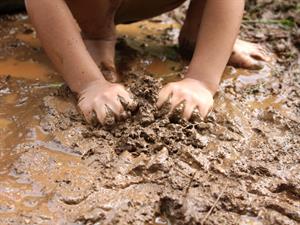
Mud
We know that the soils or mud are solid-state, whereas water is in a liquid state. And when you mix these two substances, mud or soil do not dissolve in the water. Therefore, this kind of solution is known as suspension.
Suspension:
- The heterogeneous mixture in which the solute particles do not dissolve in the solvent and settle down entirely in the medium.
- We can filter the undissolved particles by the filtration method. And, thesse particles are visible to the naked eye.
Example:
1. Clay mixture with water
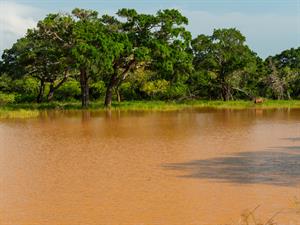
2. Flour in water
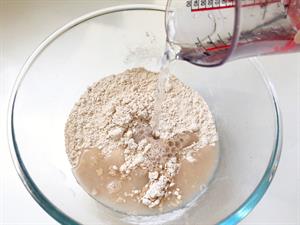
3. Mixture of chalk and water
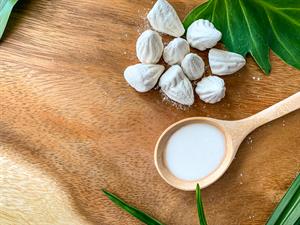
Properties of a suspension:
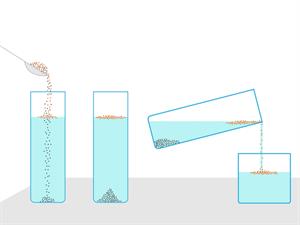
Suspension
1. Suspension is a heterogeneous mixture.
2. The solute particle settle down when it is left undisturbed because suspensions are unstable.
3. You can see these suspension particle settles through your naked eye.
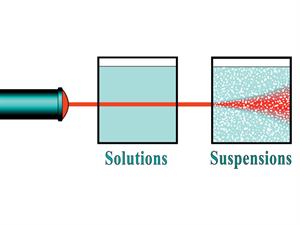
Tyndall effect
4. Suspension particles scatter a beam of light passing through it and make its path visible.
Note:
- When the suspensions settle down, the beam of light is not scattered.
- The suspensions can be separated by the filtration process.
